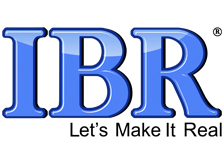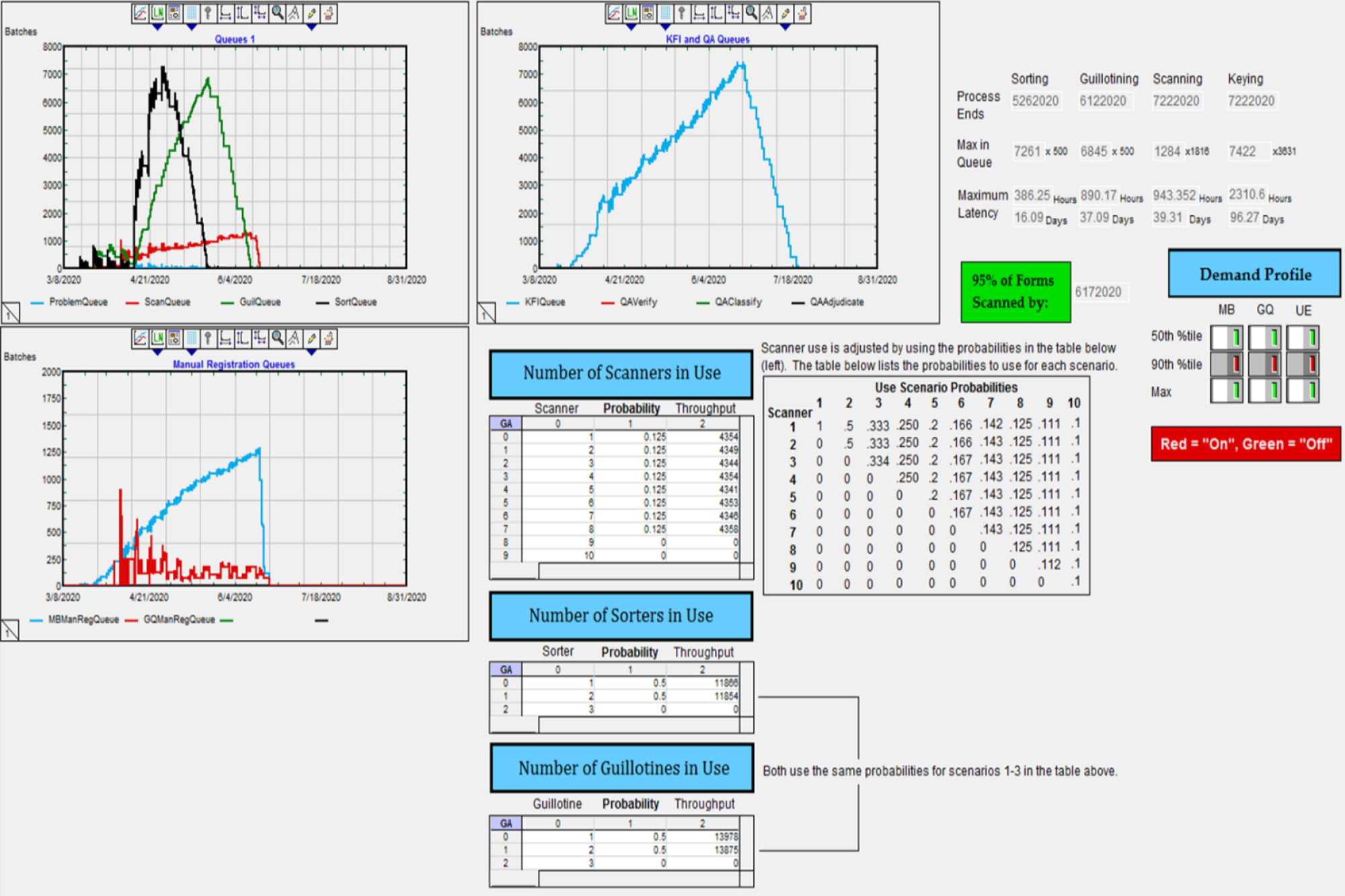Simulation is the process of designing a model of a real system and conducting experiments with this model for the purpose either of understanding the behavior of the system or of evaluating various strategies (within the limits imposed by a criterion or set of criteria) for the operation of the system.
Modeling and Simulation (M&S) is an important facet of Systems Engineering because it enables engineers to predict and evaluate system behavior without conducting actual experiments on or with the system(s).
A Model is a:
- Simplified representation of a system at some particular point in time or space intended to promote understanding of the real system
Simulations use the Models to:
- Study and visualize system behavior and performance in the design stage, before systems are built
- Predict the performance and configurations of new systems under varying sets of circumstances
- Answer “What-If” questions about the real-world system under varying scenarios and conditions
Computer simulation modeling provides an important method of analysis to assist in the design, creation, and evaluation of complex systems. Simulation modeling provides clear insights into complex systems at lower cost and risk versus the time consuming, higher cost and risk associated with experimentation and testing with the real-world system.
Benefits of M&S include:
- Studying and predicting the behavior and performance of a system prior to design & build
- Analyzing system performance behavior by varying configurations and system loads
- Exploring & varying system states to identify problem areas, saturation points, or bottlenecks
- Evaluating the effect of systems or process changes such as demand, resources, supply, and constraints
- Identifying upstream or downstream actions needed relative to a given operation, organization, or activity to either improve or mitigate processes or events
- Compressing a time frame to quickly investigate the effects of a change in real-world situations that take place over several years
- Aiding engineering and product design to investigate the effect of changes without producing a physical prototype
IBR Subject Matter Experts (SMEs) have successfully modeled and simulated – the Paper Data Capture (PDC) Process and Enumerator Hiring Process for the Census Bureau – described below.
PDC Model:
- Mapped the PDC process from paper packet delivery at the collection facility through disposal
- - 45 million survey packets arriving over the course of five months
- - Each packet chopped, sorted, scanned, stored and disposed
- - Scanned data captured, stored, verified, and errors identified, re-keyed, and QA’d prior to packet disposal
- Identified equipment requirements needed to meet throughput and deadline objectives (guillotines, sorters, scanners)
- Identified bottlenecks in the process and created solutions to remove inefficiencies for a free-flow process
- Aided in creating a contingency plan if a collection center failed or more packets than projected arrived over the course of the Decennial Census
- Showed the impact of machinery failure on the mandated deadline and suggested the appropriate number of spares needed
Enumerator Hiring Model:
- Mapped the hiring process of more than 3 million applicants over the course of the Decennial Census
- Identified bottlenecks in the process (background checks and badging)
- Recommended throughputs required at different stages in the process to meet monthly staffing goals
- Recommended bandwidth requirements for online applicants
Click here to view IBR’s Notional Modeling and Simulation Case Study.


